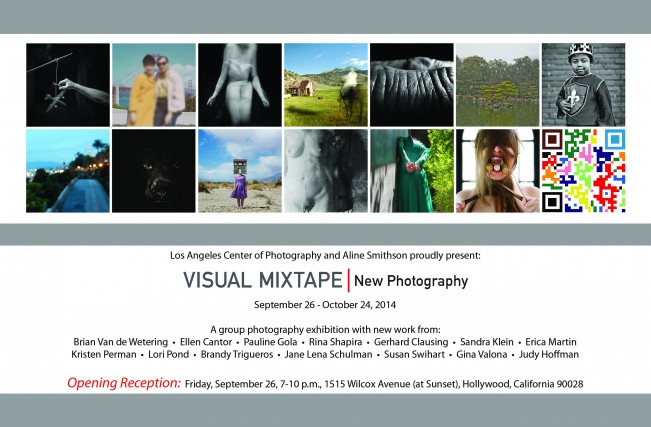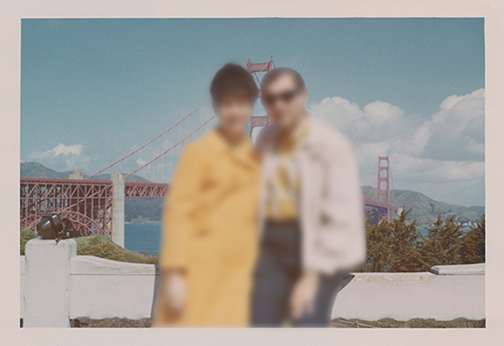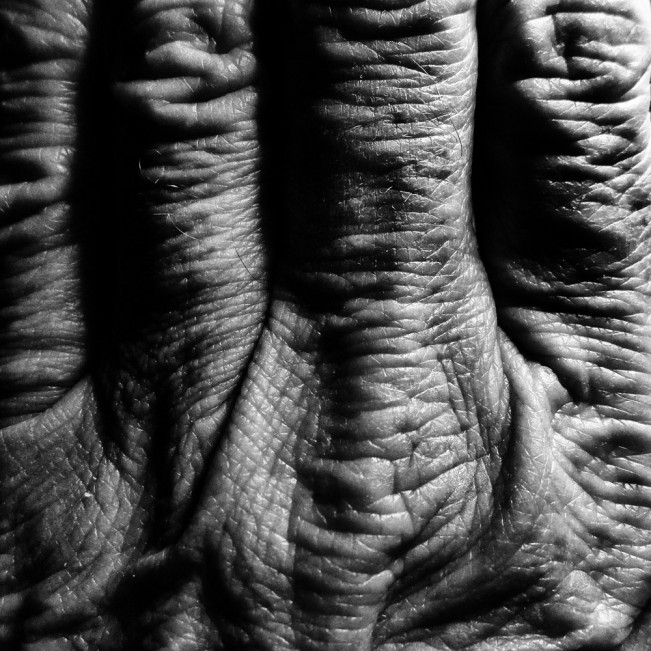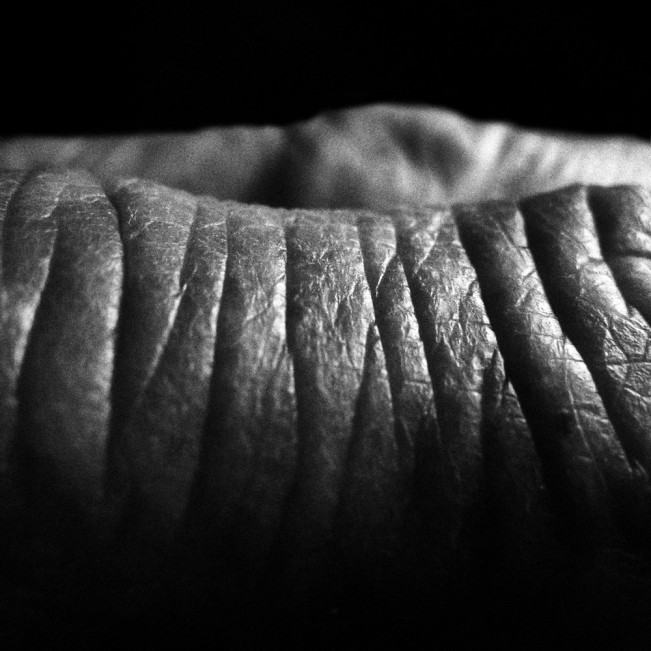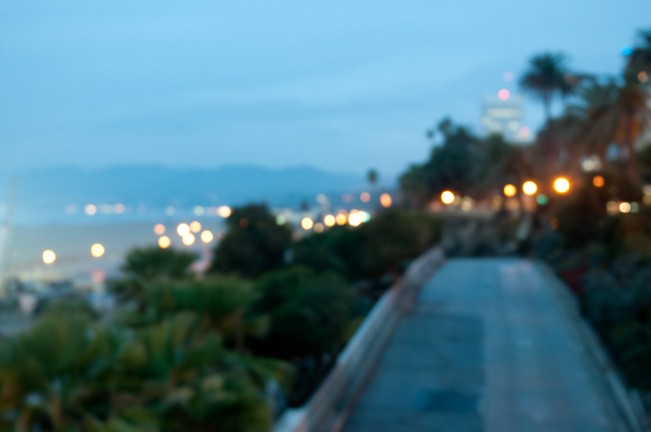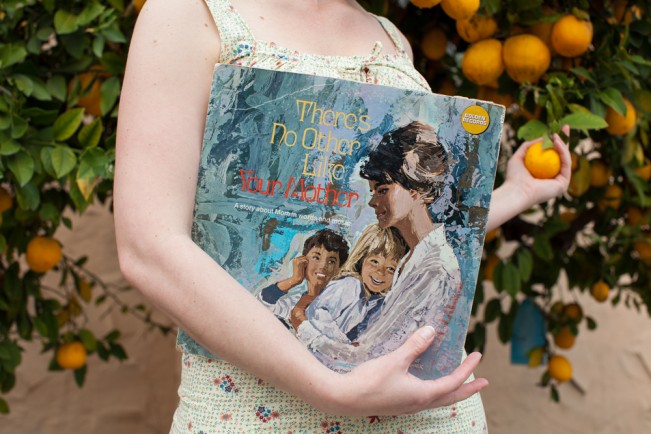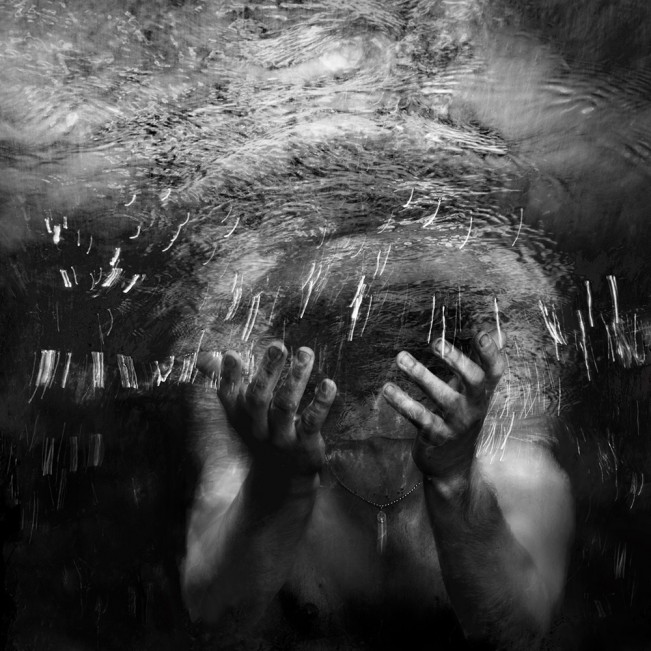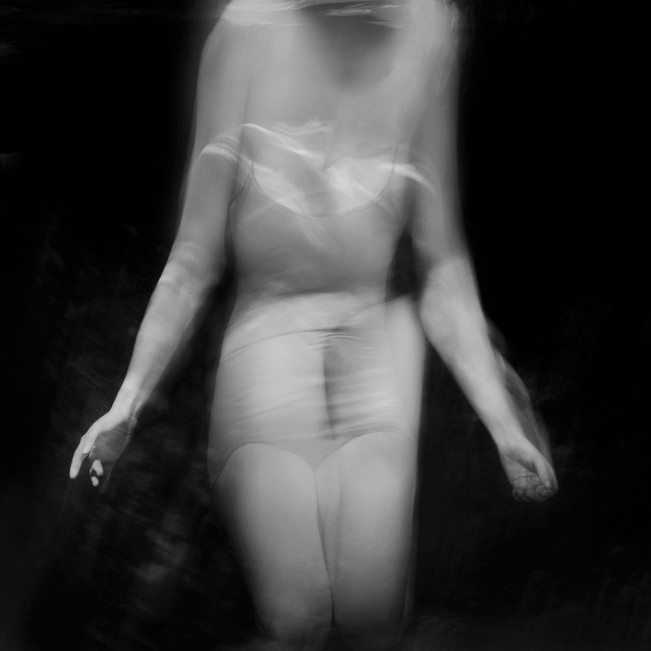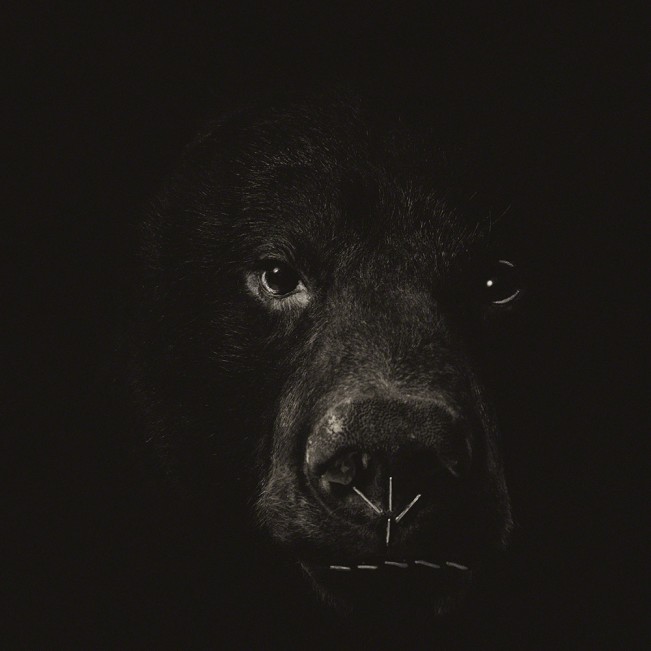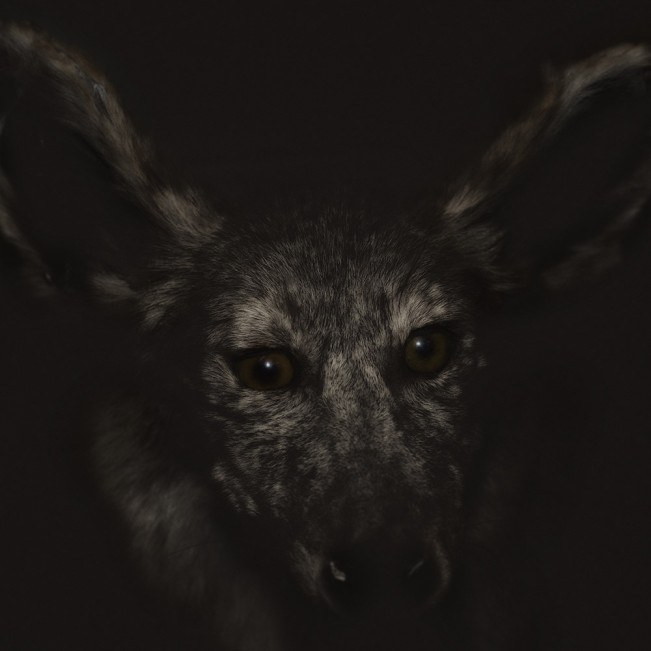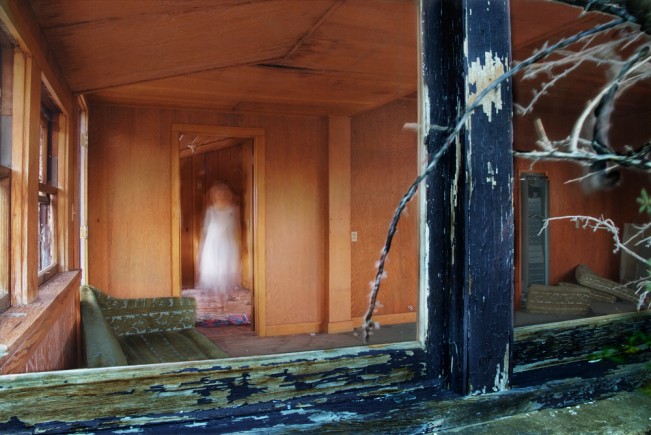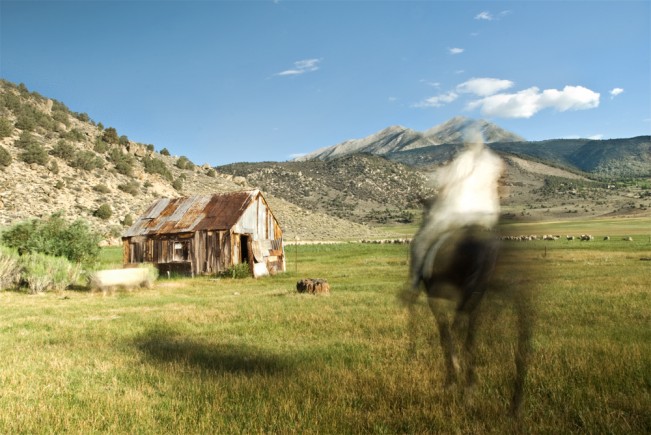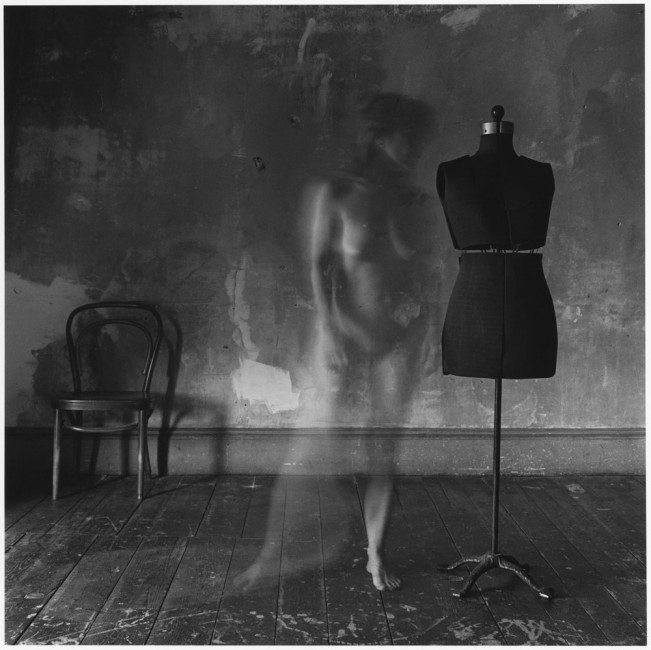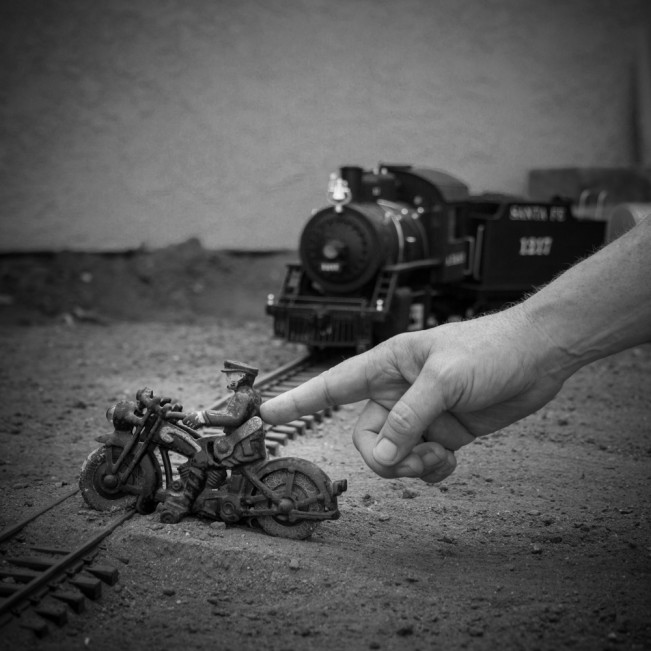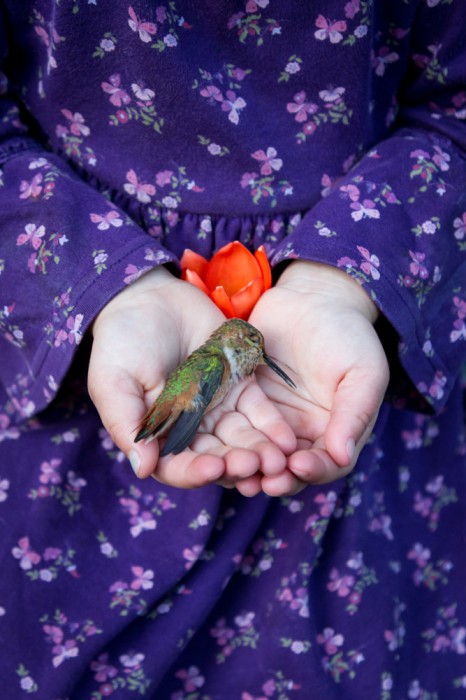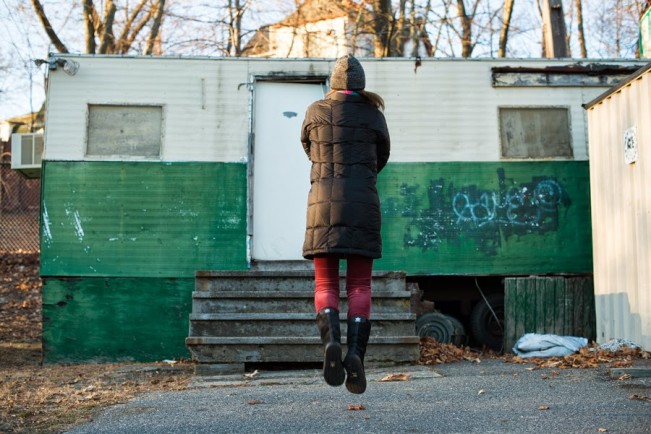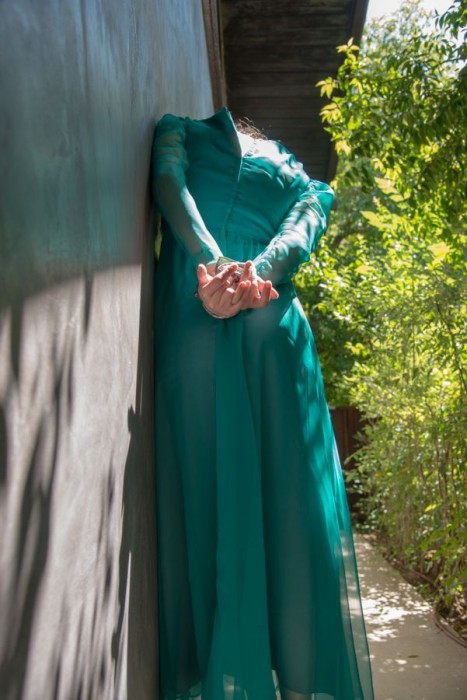Visual Mixtape: New Photography at the Los Angeles Center of Photography
Tomorrow night, fourteen wonderful photographers open an exhibition at the Los Angeles Center of Photography that runs through October 24th. Visual Mixtape: New Photography is the result of a nine month class that I teach at LACP where photographers create new bodies of work resulting in an exhibition and a book. Needless to say, I am incredibly proud of their efforts and their projects that represent personal explorations and conceptual ideas. Congratulations to Ellen Cantor, Brian Van de Wetering, Pauline Gola, Rina Shapira, Gerhard Clausing, Sandra Klein, Erica Martin, Kristen Perman, Lori Pond, Brandy Trigueros, Jane Lena Schulman, Susan Swihart, Gina Valona, and Judy Hoffman.
Ellen Cantor
I Can Only Remember What I Don’t Forget—Gone Forever
“What I like about photographs is that they capture a moment that’s gone forever, impossible to reproduce.” Karl Lagerfeld
After almost 50 years, I rediscovered photographs captured on my honeymoon and in the early years of my marriage. I was struck by two entities—landscapes that haven’t changed with time, and people who have. My project, I Can Only Remember What I Don’t Forget—Gone Forever references the work of John Baldessari, Ilene Segalove and others who incorporated texts and photography into their work. Al- though my photographs do not change the original context, the new appropriated images change the meaning.
Inherent in our understanding of appropriation is the concept that the new work recontextualizes whatever it borrows to create another work. In my images, I am using photographs of my vacations around the state of California to create a new context in which one may view them and place themselves in the image. Although the moment may be impossible to reproduce, it often lingers in my mind as I sift through my photographs and recreate personal memories. However, the moment is never the same and the memory of that brief time period fades quickly. I Can Only Remember What I Don’t Forget—Gone Forever is about the appropriation of images. Reproducing vintage photographs with the figures out of focus helps me to understand my personal history, the process of aging and how only a photograph can truly recreate an experience.
Gerhard Clausing
Bodyscapes
Shakespeare’s admonition “This above all: To thine own self be true” means all the more to me as I get older. I have been observing and photographing my changing body for the past several years.
The Bodyscapes shown here are part of several series of “Selfscapes” and constitute a very direct and visceral approach to externalizing my inner states by capturing my external self with unusual and unexpected details and angles. At the same time, I also want to distinguish my self-studies from “selfies” by using monochrome abstraction, and at times, pictorialist touches. The square format, seemingly self-contained, presents a frame that also points to more than itself, that which exists beyond it (all of me, internal and external).
By sharing these images, I am inviting the viewer to reflect on his or her own internal and external processes and changes and the connections between them. My ongoing self-depictions present interpretations of an ever-changing being in an ever-changing world.
Kristen Perman
The Small Hours
Los Angeles is the ultimate car culture. Mostly a solitary endeavor, it is hard to exist in this city without a car. Driving was the way I’d escape my suburban oasis as a teenager, and the vast expanse of the city was my route.
Decades later, driving is different. It’s a walk down memory lane. A dance with ghosts whose stories have been long forgotten. How many others have danced here before?
Kristen Perman’s The Small Hours portrays Los Angeles during the time between night and day break, rendering the bright lights and glitter of her hometown during its quiet moments, in a city that rarely is.
Brandy Trigueros
There’s No Other Like Your Mother
Through memory, metaphor and imagined destinies, There’s No Other Like Your Mother explores a pivotal metamorphosis so often taken for granted: becoming a mother.
In this series I explore the fears, uncertainties and yearning that swirl in my heart as I decide whether to undergo this seminal transformation from child to parent: the demands of living up to selflessness; the fear that not having a child will yield a heavy loneliness; the dread of losing my hair, body, freedom and liveliness; the anticipation of love and playfulness; the terror of taking care of another human life. The window for becoming a mother begins to close as I approach forty. I reflect on my past as I contemplate the future. Am I a different woman than I thought I would be?
I create photographs to explore these questions, to make sense of my future, and to lead me to self-knowledge and, hopefully, epiphany.
Pauline Gola
In the Deep
“The wound is the place where the Light enters you.” ~ Rumi
In the Deep examines the effect of trauma on the psyche, and the path to overcome obstacles that stand in the way of inner peace. The series is a synthesis of my own revelation of renewal and grief, balanced by the grace and magic of the figure and light underwater. Somewhere in the gray area – the ambiguity between darkness and aesthetic joy, the fear of truth and the light of acceptance, the representational nature of the photograph and the imaginary qualities of the liquid world – I’m seeking visual dissonance to express the wild dance between mind, body and soul as we grow through our wounds of the past. In living through adversity we feel pain, but in the end we are primed to more deeply feel the true redemption of peace and happiness; it’s with this sentiment that I explore my experience.
Judy Hoffman
The QR Code Project
The QR Code Project questions what constitutes a photograph in the age of ubiquitous technology. Inspired by the abstract lithographs of Ellsworth Kelly in general and Color on a Grid specifically these works and other works in this series explore the juxtaposition of random arrays and computational algorithms and their impact on the world of digital imagery. Each image in this series connects to a dynamic set of text, images, or videos. By using a QR Code reader on your smart phone (such as the free app QRafter) to scan these images, you will be connected to content on the QR Code Project web page.
Lori Pond
Menace
When danger flares, what do you do? Since humans first experienced the fight or flight reflex, the subconscious brain has told us what, when, and whom to fear. This remains so. When faced with peril, our bodies respond with intensified adrenaline and racing heart beats. Survival depends on our instantaneous emotional response instructing us to run or stay, a millisecond before our rational self can decide.
While our brains have not changed, what we fear has. It is rarely a carnivorous beast that triggers our instinct to run. It is pictures of burning skyscrapers, reports of schoolchildren crouching behind desks to hide from bullets, or a gathering of teens in hoodies that make us tremble: Our 21st Century litany of what to fear.
But are these threats real? Lori Pond’s Menace challenges us to question what we “know.” Menace confronts us with frightening, darkened, wild animals that trigger the ancient instinct, while our rational mind knows we are in a safe, civilized space, viewing images.
We look longer, closer, and realize the threat was never there: these are taxidermied animals, their images captured in bright sunlit shops, manipulated later by the artist to ferocity. They frighten, but are impotent.
Menace asks us to consider if our modern fears are justified, or if our contemporary bogeymen are figments of our imagination, mere empty threats manipulated by an unseen hand.
Rina Shapira
The Ghosts of 395
In the photographic series The Ghosts of 395 I document abandoned dwellings along eastern California’s State Route 395 and its access route from Los Angeles – Route 14, and bring back the spirits of their long-gone inhabitants. Having traveled this route since the mid 70s, I have been puzzled by abandoned and dilapidated dwellings strewn on and off the road, evidence to attempts of enterprising individuals or hardy adventurers to set roots in this unforgiving land.
The questions “Who in their right minds put up homes in this parched wilderness? Where they came from? Why? When? And what made them leave?” would hang unanswered in the void of our zooming car.
During the past two years, I have been stopping at these abandoned structures to explore and unlock their mystery. Approaching the crumbling buildings, carefully stepping over old cans, wires, shards of broken old bottles, a doll’s arm, evokes an eerie feeling of stepping into a realm of untold stories, of whispering ghosts. I give a little attention to these pieces of human history, and let my imagination weave a story recreating their past.
Jane Lena Schulman
Family Inheritances II
The series, Family Inheritances II, of which these images are a part, is a further exploration and representation of the internal landscape of human experience, especially the psychological, emotional and interpersonal influence, from generation to generation, of our primary family relationships.
I have used traditional tools and materials in making these photographs, as I customarily do, and employed methods, including multiple exposure, juxtaposition and movement, to facilitate the expression of the unconscious in this work.
Sandra Klein
Shinrin Roku
While traveling in Japan, I experienced what the Japanese call Shinrin Roku or “forest bathing”, a term that refers to the healing power of nature. This act of aligning with nature dramatically altered my photographic vision. Originally a printmaker, I have always constructed my layered photographic images out of a wide variety of sources, but for the first time, it was all taking place in front of my lens. All the complex layers of the natural world were manifesting before me and felt if I were witnessing the “real” landscape for the first time. My visit to the Golden Temple in Kyoto during a snowstorm literally startled me. The role of my camera had been transformed to show me the world in its sublimity.
This series has two parts, the images I captured in Japan and then complimentary self-portraits that reflect my physical self in the midst of a Shinrin Roku. In these portraits, I am one with nature–the human and nature colliding as they reflect a heightened awareness of the power of the natural world.
Brian Van de Wetering
The Acting Hand
The Acting Hand. I’ve seen friends, family, and acquaintances taken from this world seemingly at random. How to make sense of this? How to persist in the face of the indifference and randomness of the universe?
As social creatures, we are born with a theory of mind, the ability to attribute intent, emotions, and beliefs to others. It is no wonder that we are drawn to create order out of this randomness by assigning it some external intent: The Acting Hand. Whether we blame the Devil, God, or fate, we gain comfort from imagining an actor behind our suffering.
What of calamity meted out by our own hand? Are we solely responsible? Is it an act of free will or a throw of the dice? In the eye of popular science, addiction becomes a disease, the sociopath is born that way, and the abused becomes the abuser. Who creates the despot, the murderer, the rapist, the junkie?
This invisible hand comes to life in a series of staged vignettes depicting a variety of unfortunate events designed to prompt further reflection on causation, randomness, and free will.
Gina Valona
Liquid Love
Liquid Love examines alcoholism and it’s effects on the afflicted, their children, mothers, fathers, friends and lovers. The images and their titles are based on the actual experiences of my subjects, feelings provoked by those experiences and words uttered while in the throes of addiction. Through the use of costume, mask, metaphor, shadow and light, I also question the psychological impact of keeping the disease secret and the collateral damage that creates.
Alcoholism is confounding for both the sufferer and those closest to them. Denial, control, isolation and violence are common symptoms of this family illness. Loved ones begin to question their own sanity. Shame fuels the need to keep the disease closeted. Liquid Love gives voice to those silenced by this disease while asking how it is possible to heal from its effects when those most impacted are socially stigmatized and rendered invisible.
This project is a series in progress.
Erica Martin
Superheroes
As a mother and fine art photographer, I watched my son and his friends trying out adult roles. The boys delighted in costumes, pretending to be knights, caped crusaders, cowboys, anything heroic.
The boys had their noses pressed up against the glass of adulthood, peering at a world they dreamed of entering soon. Their superhero avatars could save the day, and helped them navigate the paradox of being small in a world that values power. Their heroes allowed them to experience the future.
Soon, so soon, the boys grow up, join teams, or get jobs, and the childish costumes with the fake muscles stay in the toy box. They move on to sports uniforms, or fashion, or ways of dressing that reflect their chosen tribes. But for a few fleeting years, they feel like young gods, who want to be seen and heard, while their imaginations run the world. And I want to capture them like this forever.
Susan Swihart
If Only
If Only is a personal narrative of self portrait work that explores the challenges of being a wife, mother, artist, daughter and friend in the middle of a crossroads, at the middle of my life, not quite sure who I am now or what direction I am heading. It’s a period that feels out of balance, a time where I struggle with the concept of aging and lost youth and the pursuit of having it all when I’m not really sure I want it. Often feeling that the person I thought I was has disappeared, replaced by familial needs and that slow and steady march through time as I shepherd my family forward. I am a participant observer in a life where I watch my children grow and take our place, while at the same time observe parents deteriorate. I’m lost somewhere in the middle with little room or time for personal growth or a clear understanding where I fit on the spectrum of my life. Not much time to reflect, but plenty of time to be wistful.
This series allows me to slow down and examine the ying and yang of motherhood, married life, and career choices at a time where life feels like it is moving too quickly, yet some days creeping on. It’s that impermanence that I find unsettling as I accept that life is filled with highs and lows and long periods of mediocrity in between, and the inevitable fear that I could lose it all.
Posts on Lenscratch may not be reproduced without the permission of the Lenscratch staff and the photographer.
Recommended
-
Salua Ares: Absense as FormNovember 29th, 2025
-
Ricardo Miguel Hernández: When the memory turns to dust and Beyond PainNovember 28th, 2025
-
Pamela Landau Connolly: Columbus DriveNovember 26th, 2025
-
KELIY ANDERSON-STALEY: Wilderness No longer at the Edge of ThingsNovember 19th, 2025
-
Jackie Mulder: Thought TrailsNovember 18th, 2025

